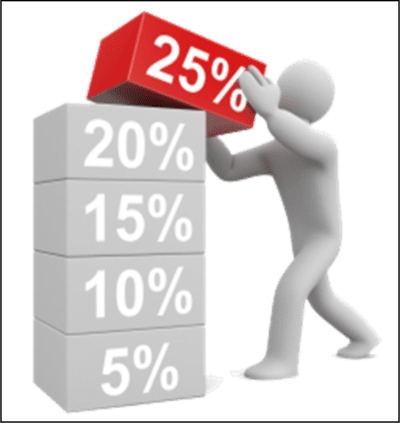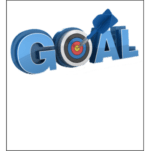What is Personal Productivity?
It is the ability to effectively manage one’s time, energy, and resources to accomplish tasks and goals efficiently. It involves adopting strategies, techniques, and tools to maximize productivity and minimize distractions or procrastination.
Whether at home or at work, we often feel pressure to get things done. Everyone has the same amount of time, 24 hours per day. But the demands of our time can be quite different from one person to another.
Personal productivity is subjective, and what works for one person may not work for another. It’s essential to find a productivity system that aligns with your preferences and adapts as your needs change. Regularly evaluate your productivity practices and make adjustments as necessary to optimize your performance and well-being.
At work, we may have a certain number of tasks to perform each day. We want to be efficient and not be distracted by anything not related to those tasks.
Start by making a list and a schedule.
- What needs to be done today?
- How much time is needed for these tasks?
- What is the most important task I need to do today?
- Do I need to coordinate this with others?
- Am I able to delegate some of these tasks?
- Do I need to work around scheduled meetings with others?
- Are there routine things that need to be done each day, at a certain time?
Once we answer these basic questions, we can start to build a schedule.
What can interfere with productivity?
- Trying to multitask. We can be doing a few jobs poorly rather than focusing our best efforts.
- Interruptions caused by phone calls, emails, or other communication in the middle of our work.
- Procrastination. Putting off a task can cause strained relationships with co-workers, and interfere with other tasks.
Tips to improve personal productivity:
1. Set clear goals: Clearly define what you want to achieve. Break down big goals into smaller, manageable tasks to make them less overwhelming.
2. Prioritize tasks: Identify the most important and urgent tasks. Use techniques like Eisenhower Matrix to categorize tasks based on their importance and urgency.
This may help you to avoid letting others force you to take care of something based on their perceived urgency.
3. Plan and schedule: Create a daily or weekly schedule to allocate time for specific tasks. Use productivity tools or apps to manage your schedule and set reminders.
4. Practice time management: Avoid multitasking and focus on one task at a time. Use techniques like the Pomodoro Technique (working in focused 25-minute intervals) to maintain a balance between work and rest.
5. Minimize distractions: Identify and eliminate distractions, such as social media, email notifications, or excessive noise. Consider using productivity apps or browser extensions to block or limit distractions.
6. Optimize your workspace: Create a clutter-free and organized workspace that promotes focus and efficiency. Keep essential tools or resources within reach and remove unnecessary items.
7. Use productivity tools: Explore productivity apps, software, or tools that can help streamline tasks, manage projects, track progress, or automate repetitive processes.
8. Take regular breaks: Schedule short breaks to rest and recharge. Stepping away from work for a few minutes can help maintain focus and prevent burnout.
9. Practice self-care: Prioritize self-care activities like exercise, proper nutrition, and sufficient sleep. Taking care of your physical and mental well-being contributes to overall productivity.
10. Continuously learn and improve: Stay updated with productivity techniques, new tools, and personal development strategies. Experiment with different approaches to find what works best for you.
These tips work equally well at home. Balancing your time must take into consideration your family needs, your health and well-being. Getting things done and then focusing on you and your family will contribute to a better lifestyle.





